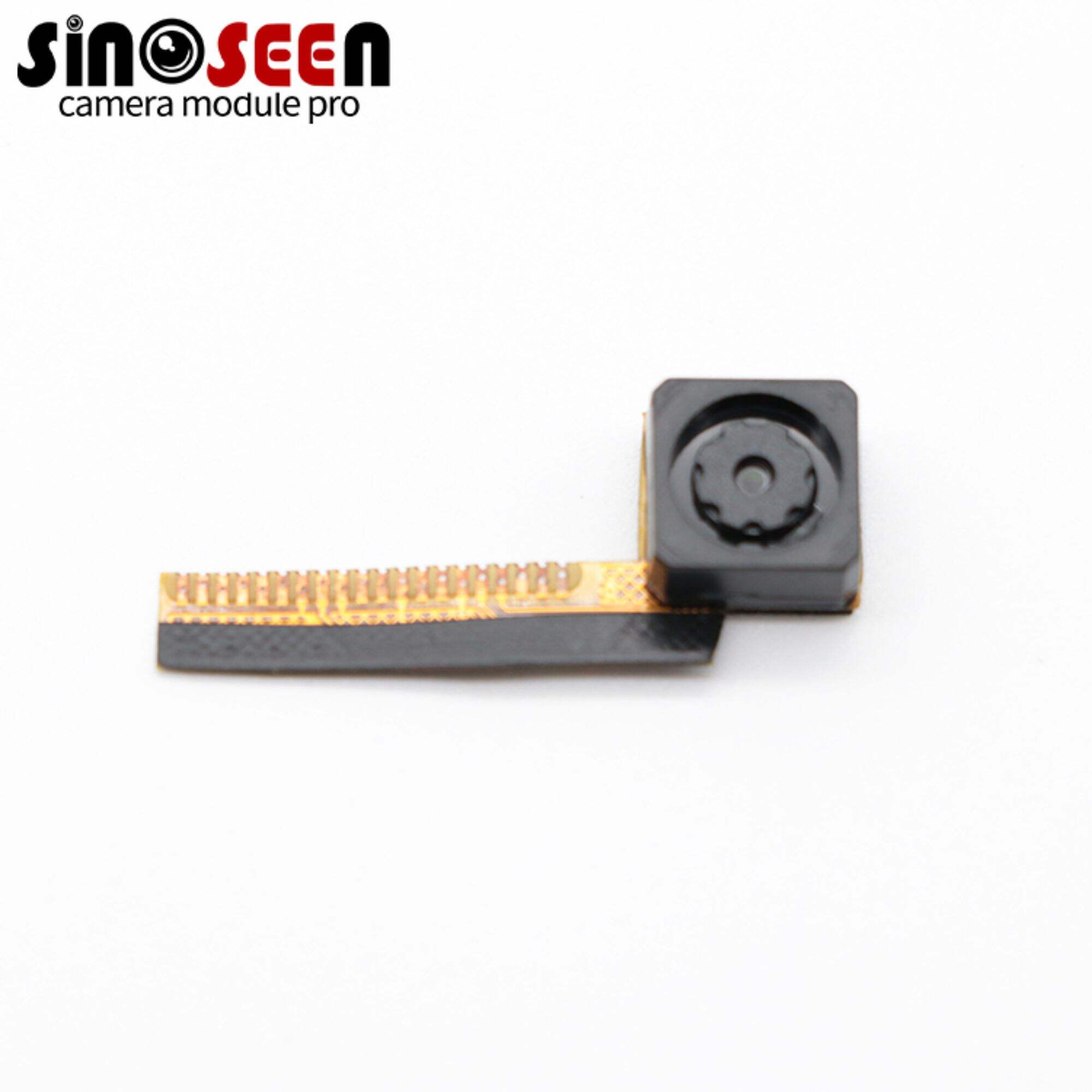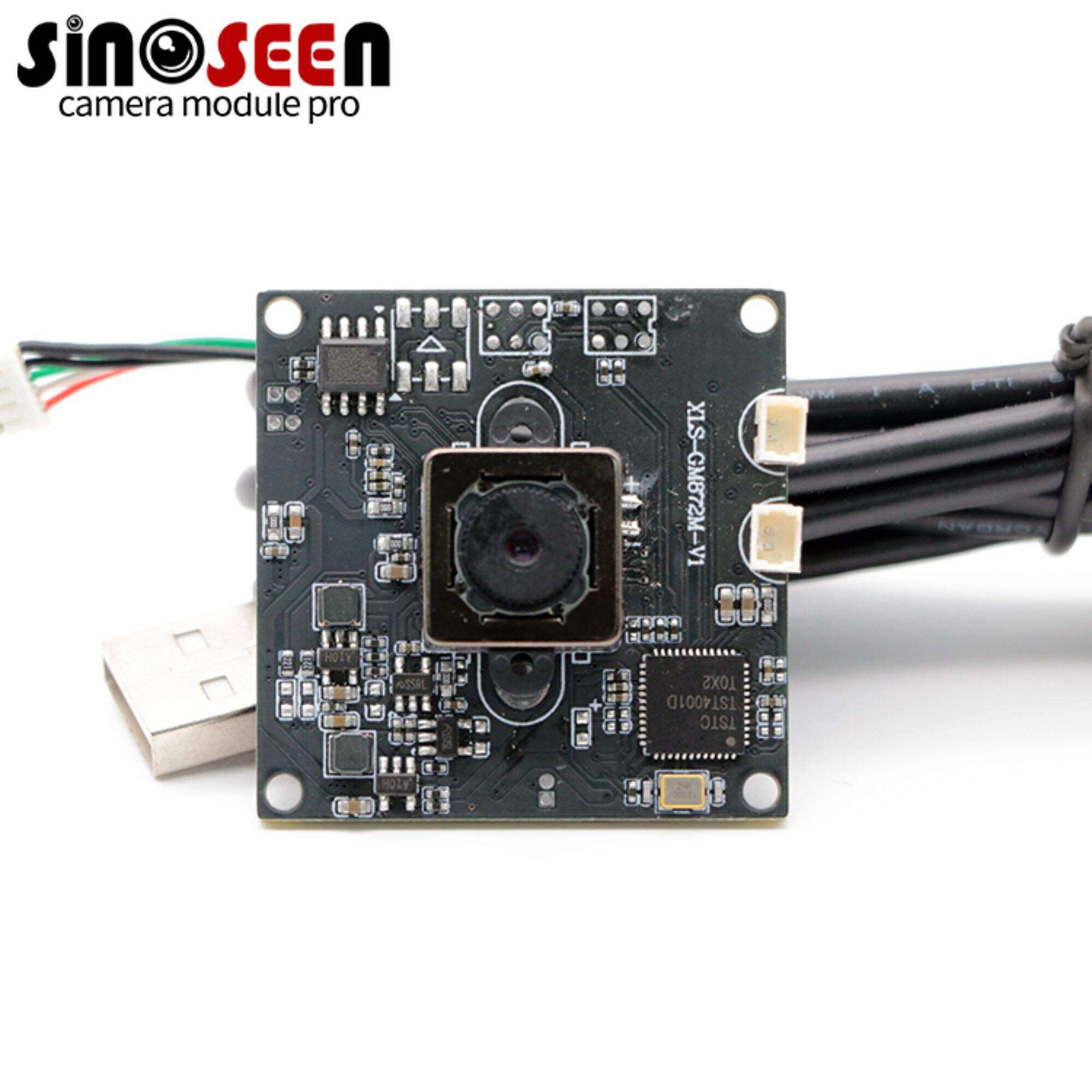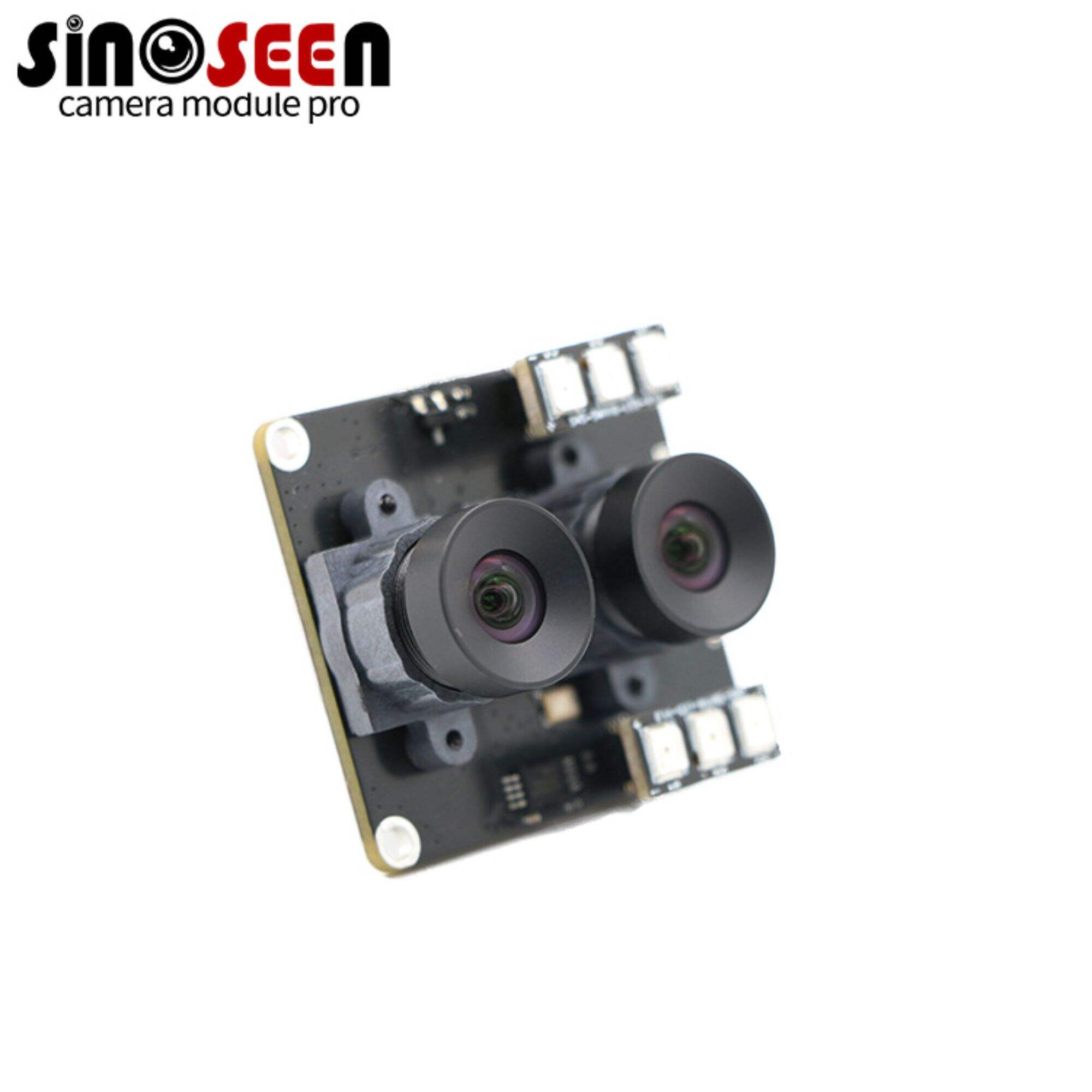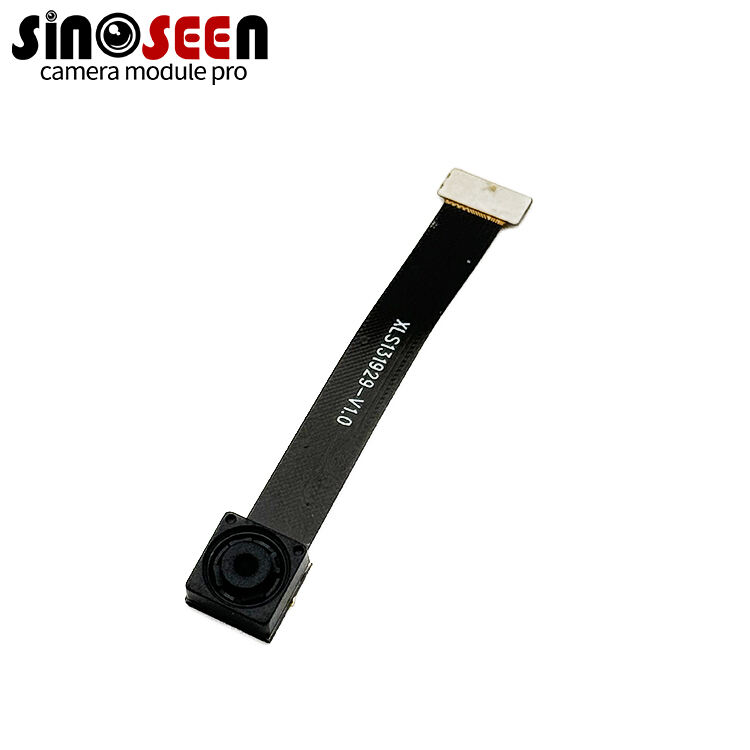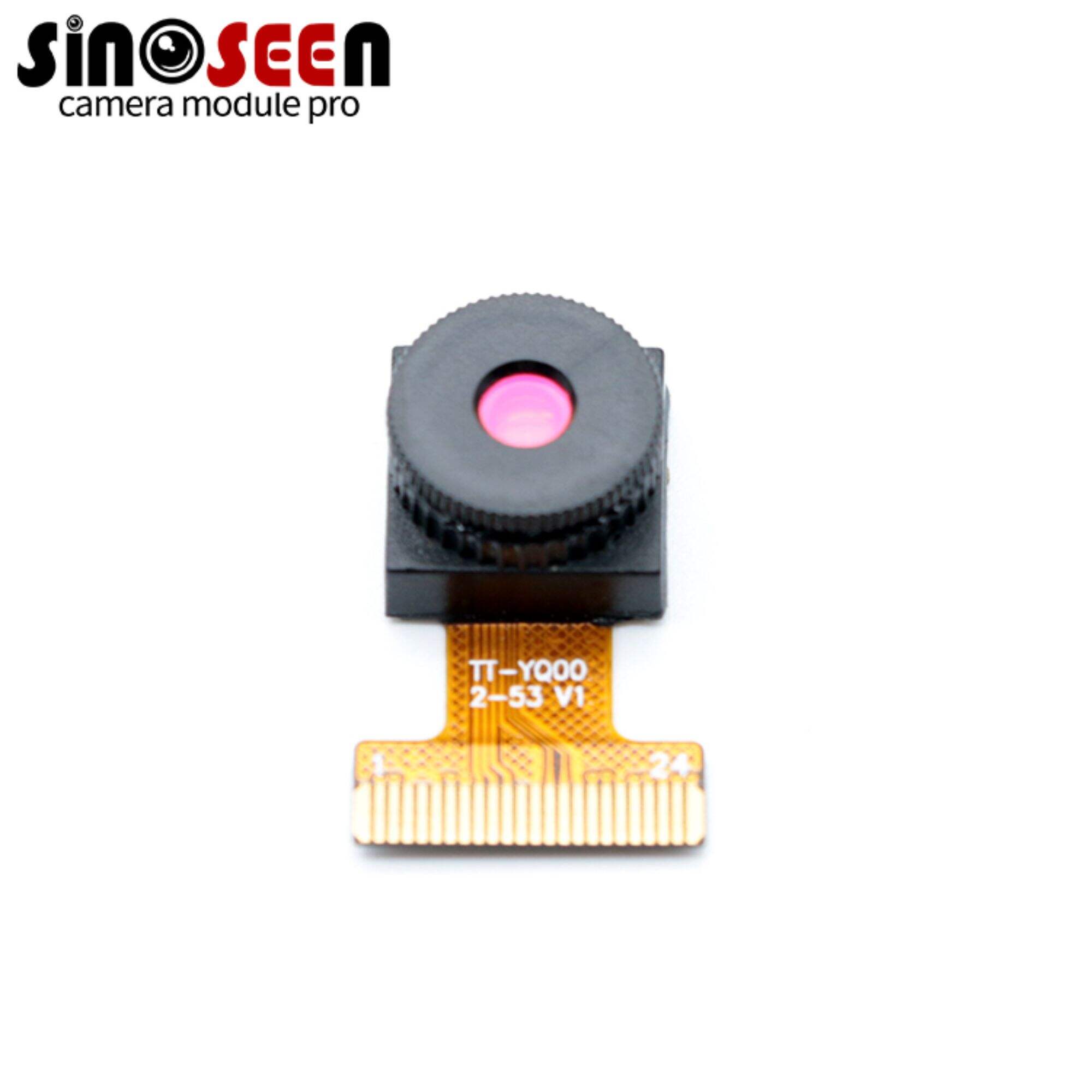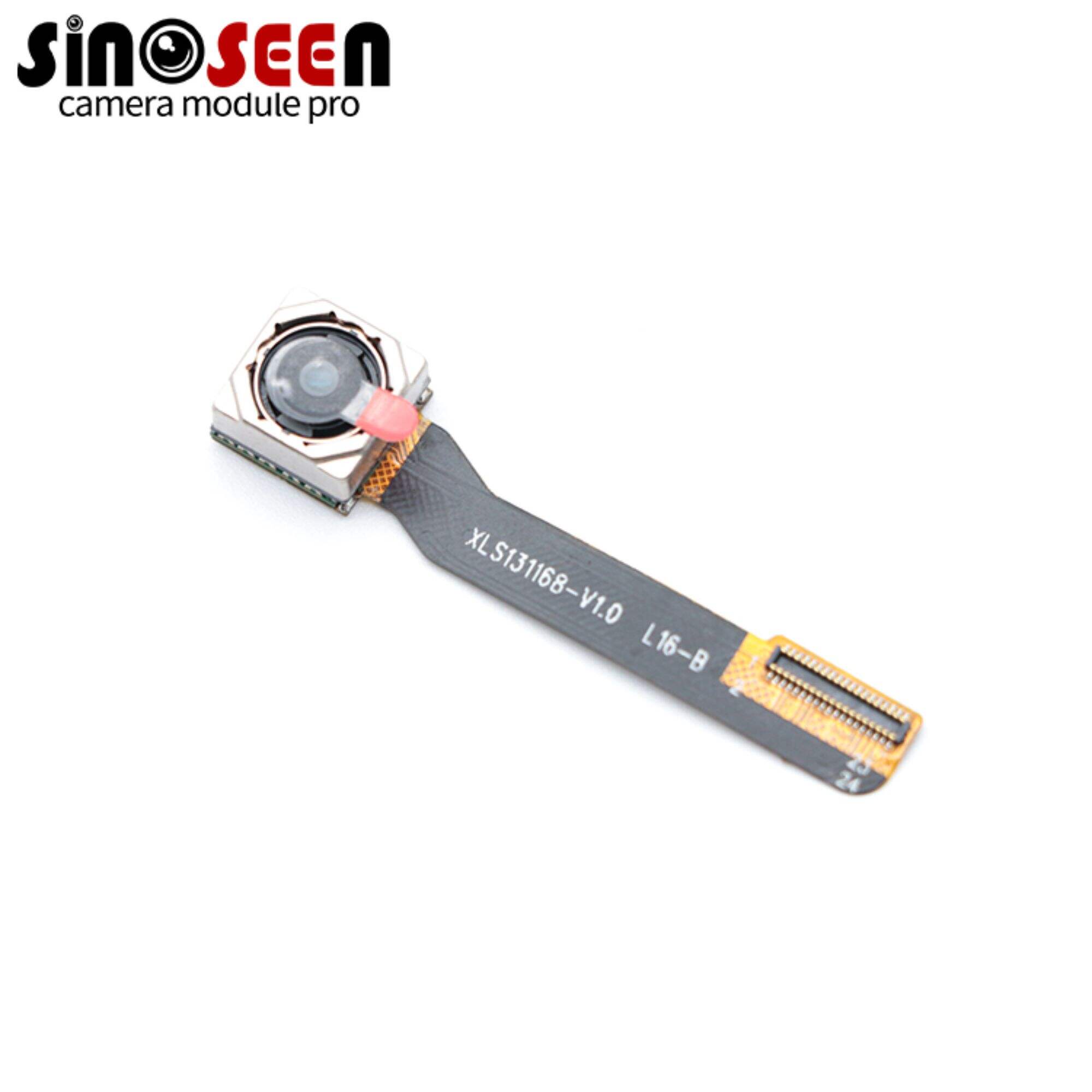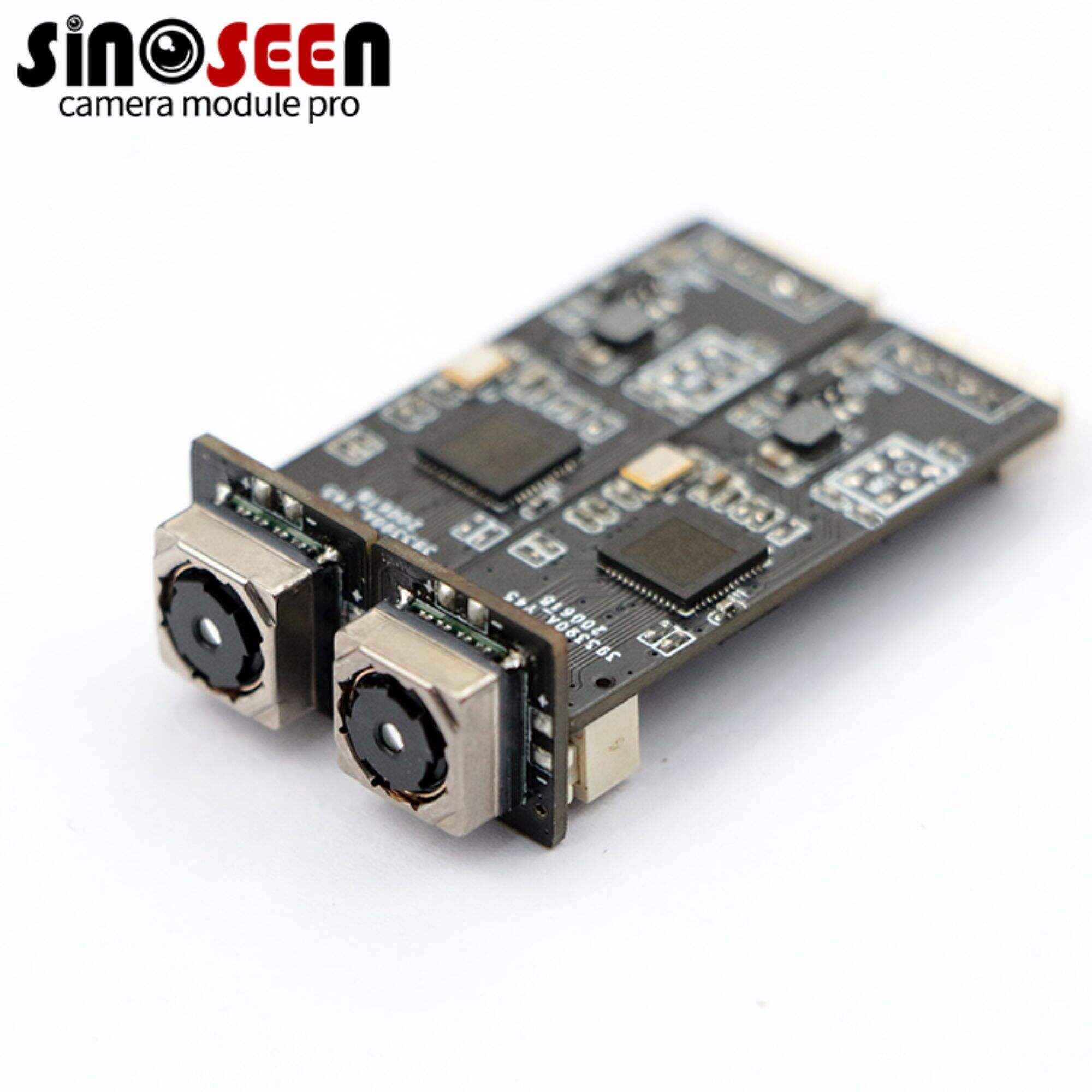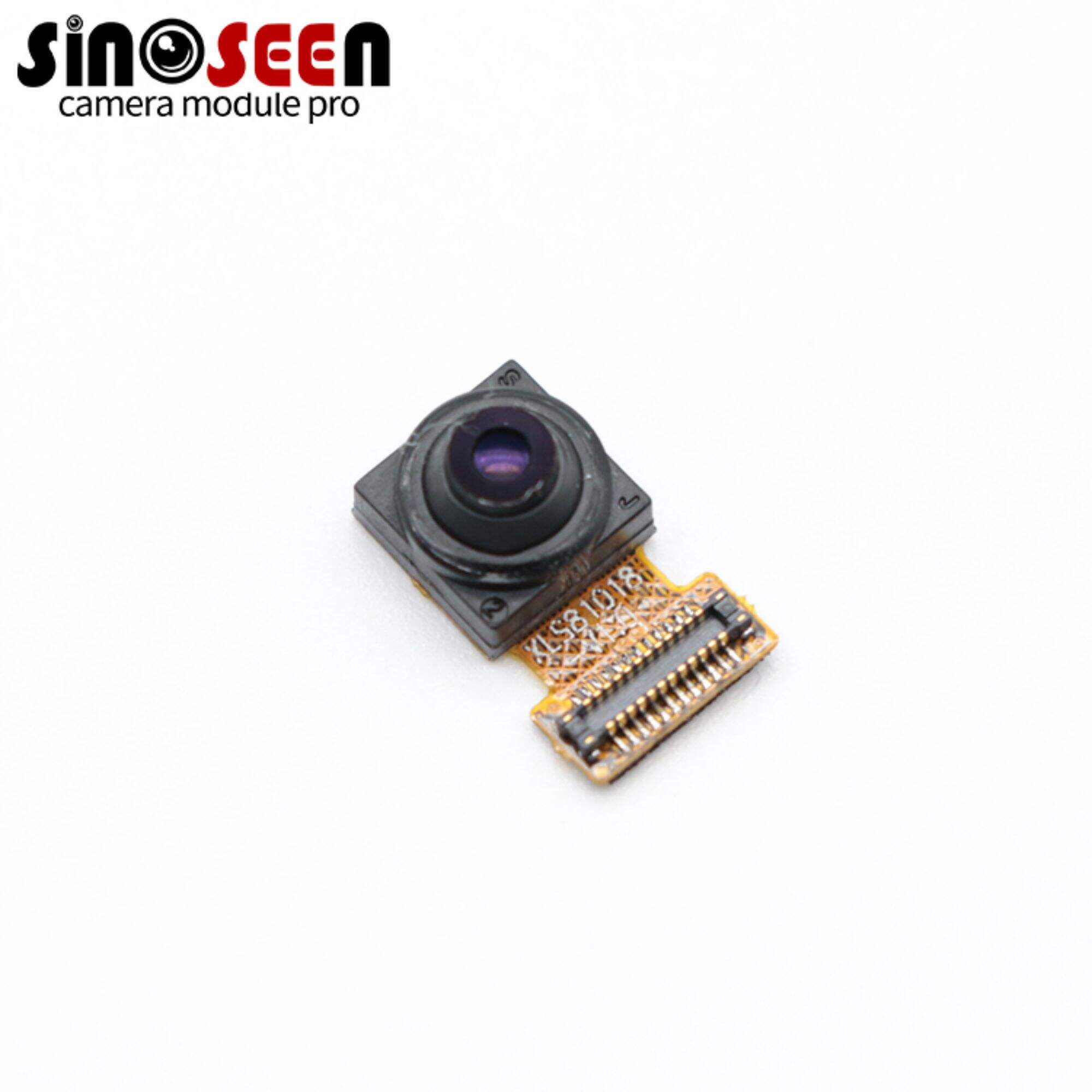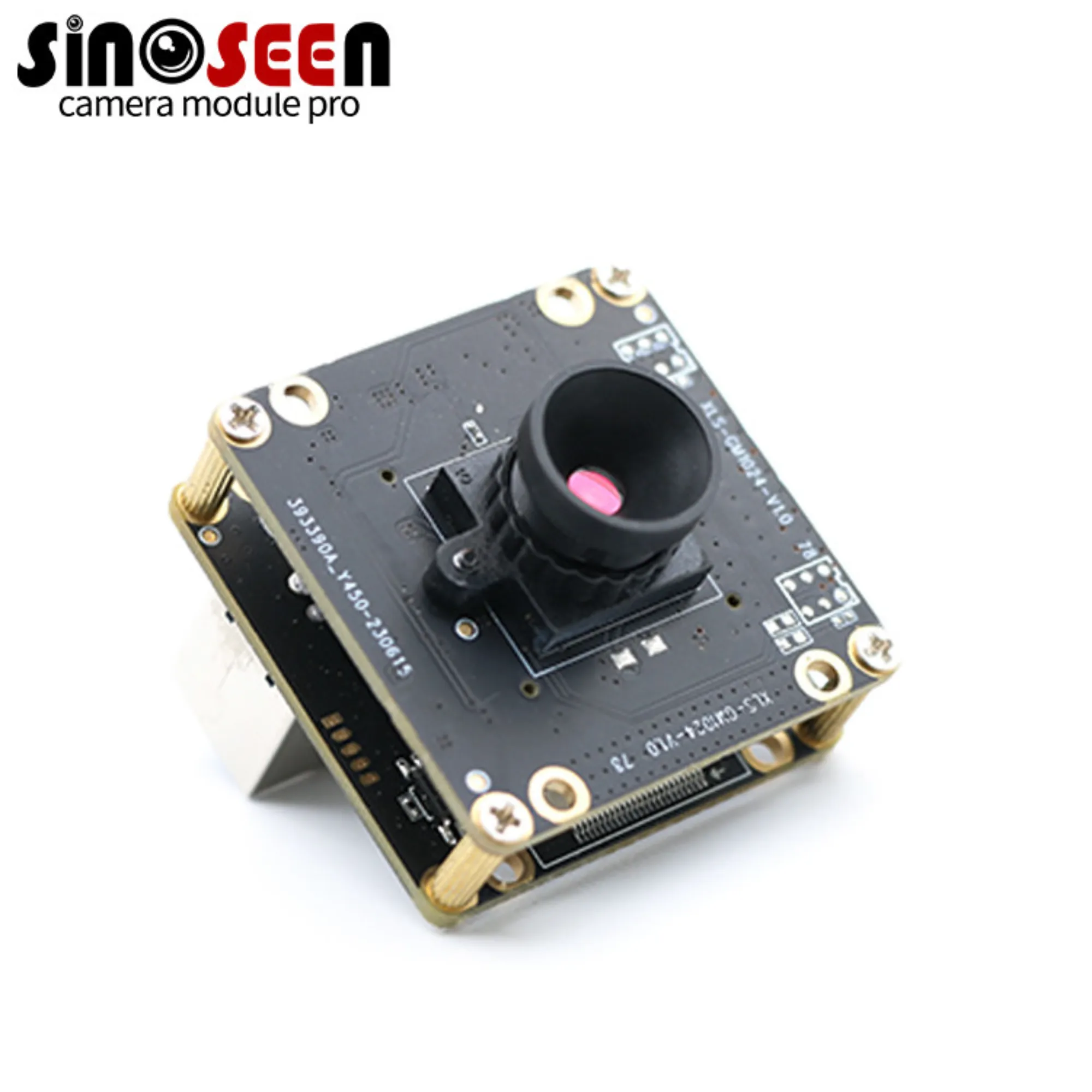Hiểu ý nghĩa của dfov và hfov và vfov: Hướng dẫn chi tiết
Khi thiết kế các hệ thống thị giác nhúng, chúng ta chắc hẳn đã từng gặp phải câu hỏi: làm thế nào để camera có thể nhìn rõ thế giới mà nó cần tập trung? Để giải quyết vấn đề này, trước tiên chúng ta cần hiểu một thông số quang học — góc nhìn (FOV). Thông số này xác định góc nhìn của camera.
Với vai trò là chuyên gia tư vấn có nhiều kinh nghiệm trong lĩnh vực module camera, tôi sẽ giải thích ba loại góc nhìn cốt lõi — dFOV, hFOV và vFOV trong bài viết này, cung cấp những thông tin thực tế để giúp bạn đưa ra quyết định đúng đắn khi lựa chọn module camera.
Góc nhìn (FOV) nghĩa là gì?
Nói một cách đơn giản, góc nhìn (FOV) đề cập đến phạm vi cảnh mà một máy ảnh có thể chụp được tại một thời điểm nhất định. Nó thường được đo bằng độ, tương tự như mắt người, và xác định khu vực mà thiết bị của bạn có thể nhìn thấy.
Tham số này không độc lập; nó có liên quan mật thiết đến độ dài tiêu cự ống kính máy ảnh, kích thước cảm biến và khoảng cách làm việc của vật thể đang được chụp. Trong lĩnh vực thị giác máy, việc lựa chọn đúng FOV giống như việc trang bị cho hệ thống một đôi "mắt" phù hợp: trường quan sát quá hẹp có thể bỏ lỡ thông tin quan trọng, trong khi trường quan sát quá rộng có thể làm giảm độ phân giải hình ảnh cần thiết và làm tăng độ méo hình học của ống kính — đây đều là những thách thức phổ biến đối với các kỹ sư.
Vì vậy, việc hiểu rõ ý nghĩa của FOV là bước đầu tiên trong bất kỳ thiết kế máy ảnh nào.
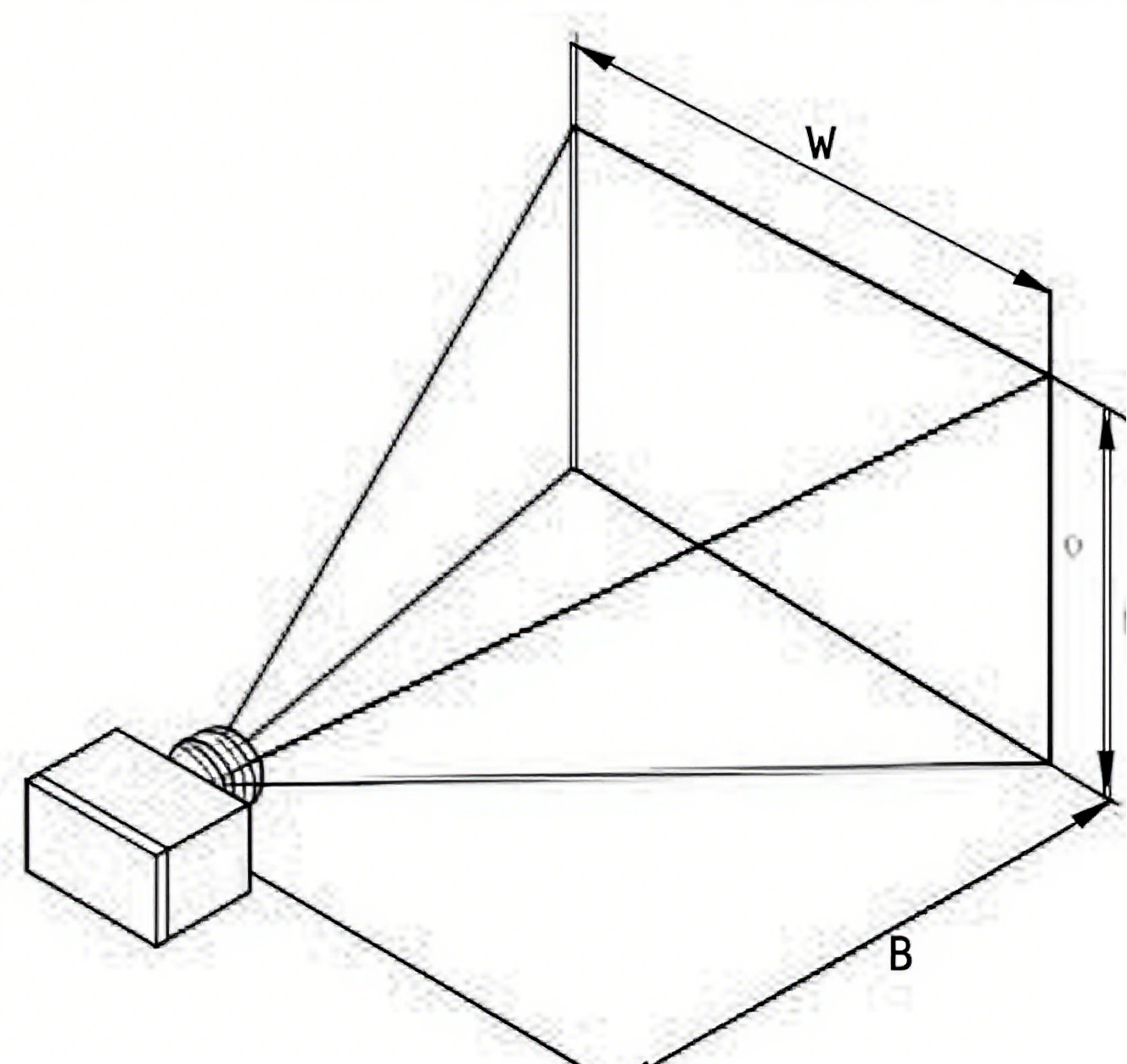
hFOV, VFOV và DFOV là gì? Ba loại trường quan sát chính
Trong các dự án thực tế, chúng ta không chỉ nói chung về FOV, mà còn phân tách nó thành ba chiều cụ thể. Ba thông số này cùng nhau tạo thành toàn bộ trường quan sát của một máy ảnh.
Trường quan sát ngang (HFOV)
HFOV, hay trường ngang (horizontal field of view), là vùng quan sát theo hướng trái-phải mà camera có thể bao quát. Thông số này xác định độ rộng vùng nhìn ngang của camera. Trong nhiều ứng dụng như lái xe tự động, giám sát thông minh và thị giác robot, HFOV lớn giúp giảm điểm mù, đảm bảo hệ thống có thể ghi nhận được các phương tiện hoặc người đi bộ đang di chuyển, và là yếu tố nền tảng trong thiết kế hệ thống.
Trường dọc (Vertical Field of View)
VFOV, hay trường dọc (vertical field of view), xác định khoảng góc quan sát theo chiều dọc của camera. Thông số này quyết định việc camera có thể nhìn cao hoặc thấp đến mức nào. Đối với các tác vụ như chụp ảnh từ drone, quét mã vạch trên dây chuyền lắp ráp và nhận diện khuôn mặt, VFOV phù hợp đảm bảo rằng đối tượng mục tiêu nằm trọn trong khung hình, thay vì bị cắt bởi các cạnh hình.
Trường chéo (Diagonal Field of View)
DFOV, còn được gọi là góc nhìn đường chéo, đề cập đến góc nhìn đường chéo tối đa của camera. Nó kết hợp các đặc điểm của HFOV và VFOV, cung cấp tham khảo cho khả năng tổng thể về góc nhìn. Trong nhiều bảng thông số kỹ thuật sản phẩm, DFOV thường được liệt kê đầu tiên vì nó mang lại cái nhìn trực quan và toàn diện về góc nhìn. Tuy nhiên, khi thiết kế các tính năng cụ thể, điều quan trọng vẫn là quay lại các thông số thực tế hơn là HFOV và VFOV.
Sự Khác Biệt và Mối Quan Hệ Giữa HFOV và VFOV
Kỹ sư thường cảm thấy bối rối khi đối mặt với câu hỏi về việc so sánh HFOV và VFOV. Chúng không tồn tại độc lập với nhau, mà thay vào đó được xác định bởi một yếu tố cốt lõi: tỷ lệ khung hình của cảm biến hình ảnh và tiêu cự của ống kính. Ví dụ, một cảm biến phổ biến với tỷ lệ 16:9 sẽ luôn có góc nhìn ngang rộng hơn góc nhìn dọc, tạo thành một mối quan hệ hình học tam giác cố định giữa hai góc này.
Điều này có nghĩa là bạn không thể đơn giản chọn HFOV hoặc VFOV độc lập; chúng có liên kết với nhau và ràng buộc lẫn nhau. Trong các thiết kế thực tế, mối liên hệ vốn có này thường tạo ra một bài toán cân bằng đầy khó khăn đối với các kỹ sư.

Máy tính HFOV VFOV: Cách Tính Chính Xác?
Tính toán chính xác HFOV và VFOV là bước quan trọng trong camera Module quy trình lựa chọn. Mặc dù hiện có nhiều công cụ tiện lợi sẵn có, ví dụ như máy tính HFOV và VFOV, việc hiểu rõ các nguyên lý nền tảng vẫn đóng vai trò thiết yếu đối với các kỹ sư chuyên nghiệp.
Chúng ta có thể sử dụng lượng giác cơ bản để xác định các giá trị này. Nếu bạn biết độ dài tiêu cự ống kính (f) và kích thước cảm biến (d), bạn có thể tính được góc nhìn tương ứng.
Ví dụ, công thức tính góc nhìn ngang (HFOV) là:
HFOV = 2 × arctan(ChiềuRộngCảmBiến / (2 × TiêuCự)).
Tương tự, VFOV có thể được tính bằng phương pháp tương tự. Việc hiểu và áp dụng các công thức này sẽ giúp bạn thiết kế chính xác hơn, tránh rủi ro phát hiện ra sự không khớp về trường nhìn quá muộn trong quá trình phát triển.
Tầm Quan Trọng Của Việc Lựa Chọn FOV Phù Hợp
Việc lựa chọn FOV phù hợp là một điểm bán hàng quan trọng cho một dự án thị giác máy thành công. Tuy nhiên, việc chọn sai FOV có thể dẫn đến những vấn đề bất ngờ và nghiêm trọng.
Ví dụ, trong điều hướng robot, DFOV rộng giúp robot nhanh chóng nhận biết môi trường xung quanh. Tuy nhiên, nếu HFOV quá hẹp, nó có thể bỏ sót chướng ngại vật hai bên, dẫn đến va chạm.
Một ví dụ khác, trong giám sát bên trong xe, bạn không chỉ cần một ống kính góc rộng. Bạn cần VFOV chính xác để đảm bảo quan sát toàn bộ hành khách, chứ không chỉ là trần xe hay bảng điều khiển.
Các vấn đề thường phát sinh do sự không tương thích giữa yêu cầu và thông số kỹ thuật. Nếu ứng dụng của bạn yêu cầu nhận diện các vật thể nhỏ ở khoảng cách xa, nhưng bạn lại chọn một ống kính có DFOV rộng, mật độ điểm ảnh có thể quá thấp để nhận diện hiệu quả, cuối cùng dẫn đến thất bại của dự án.
Tóm tắt: Những cân nhắc toàn diện về DFOV, HFOV và VFOV
Trong lĩnh vực thị giác máy móc, không tồn tại một góc nhìn ("optimal" field of view) duy nhất phù hợp cho tất cả. Mỗi dự án đều có những yêu cầu riêng biệt. HFOV, VFOV và DFOV giống như tọa độ ba chiều xác định "ranh giới nhận biết" của camera, mỗi thông số đều quan trọng.
Hiểu rõ mối quan hệ giữa chúng, thực hiện các phép tính chính xác bằng các công cụ như máy tính tính HFOV và VFOV, và đưa ra quyết định dựa trên nhu cầu thực tế của từng tình huống ứng dụng là những kỹ năng thiết yếu của mỗi kỹ sư. Chỉ bằng cách đó, bạn mới đảm bảo được mô-đun camera của bạn không chỉ nhìn rõ, mà còn nhìn chính xác và sắc nét, thực sự mang lại hiệu quả cho hệ thống của bạn.
Muchvision giúp bạn giải quyết các vấn đề liên quan đến góc nhìn (FOV)
Cần sự tư vấn chuyên sâu về các phức tạp trong việc lựa chọn góc nhìn (FOV)? Liên hệ đội ngũ chuyên gia của chúng tôi ngay hôm nay để giúp bạn chọn được mô-đun camera phù hợp với ứng dụng cụ thể của bạn. Cùng nhau, chúng ta có thể tạo ra một giải pháp thị giác tích hợp vượt trội.

 EN
EN
 AR
AR
 DA
DA
 NL
NL
 FI
FI
 FR
FR
 DE
DE
 EL
EL
 HI
HI
 IT
IT
 JA
JA
 KO
KO
 NO
NO
 PL
PL
 PT
PT
 RO
RO
 RU
RU
 ES
ES
 SV
SV
 TL
TL
 IW
IW
 ID
ID
 SR
SR
 VI
VI
 HU
HU
 TH
TH
 TR
TR
 FA
FA
 MS
MS
 IS
IS
 AZ
AZ
 UR
UR
 BN
BN
 HA
HA
 LO
LO
 MR
MR
 MN
MN
 PA
PA
 MY
MY
 SD
SD

